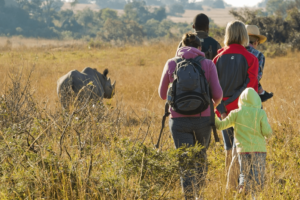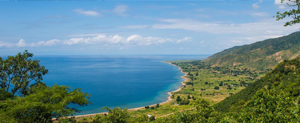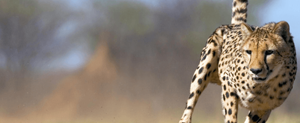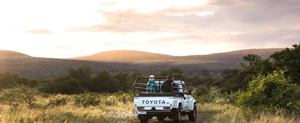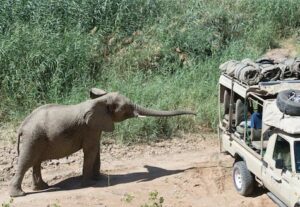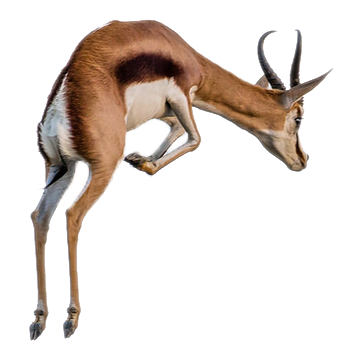How to help desert elephants
In Africa, there are two distinct species of elephant – the African bush elephant (Loxodonta africana) and the African forest elephant (Loxodonta cyclotis). Desert elephants, or desert-dwelling elephants, are not a distinct species but are African bush elephants with unique characteristics. In this post we’ll take a look at their differences, and, with only 150 remaining in Namibia, why it’s vital to help desert elephants.
How are desert elephants different from African elephants?
Desert elephants are the same species as African savanna elephants, but they show amazing adaptations to living in extreme temperatures and in inhospitable terrain. African elephants are notoriously water-dependent, drink water daily and love a cooling mudbath. However, in the vast Namib desert, this fascinating animal survives despite the low rainfall and intense heat, where there are only seasonal rivers and little vegetation for sustenance.
There is little visual difference between the African savanna elephant, but the desert elephant has lower body mass. This is the result of a lean diet of scattered grasses and shrubs. Additionally, desert elephants appear to have bigger feet. This greater surface area allows them to walk on top of sandy plains, crossing over dunes in search of food and water.
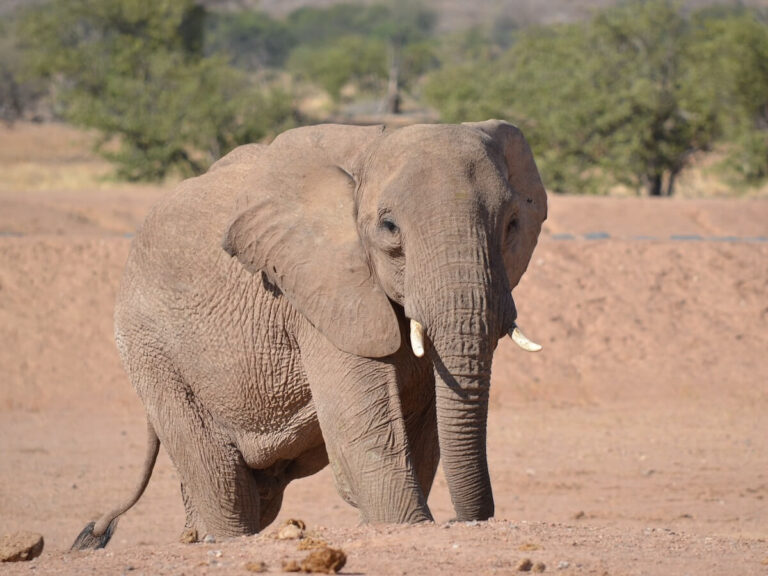
Researchers have observed desert elephants using their trunks and legs to dig wells in dry riverbeds, signifying their ancient memory of water sources even if they are below ground.
Herds of desert elephants will walk for vast distances, hundreds of kilometres at a time in their quest for food. As a consequence, herds will generally be smaller. With fewer elephants per family, the herd is easier to feed – an essential survival tactic when food and water are often days away.
Why is it important to help desert elephants?
Namibia’s desert elephants are one of only two populations worldwide that have adapted to live in a desert environment. They disappeared from the Southern Kunene region of Namibia for more than 30 years, due to the Namibian War of Independence (1966-1990) and a massive rise in elephant poaching in the 1980s. As a consequence, they only returned to the region in 1990. Because of their long absence, the new competition between elephants and communities for land and water resulted in a huge number of conflict situations. For this reason, the work done by the team at our Elephant Conservation & Community Outreach Programme is instrumental in promoting the conservation of Namibia’s desert elephants and also the upliftment of the local farming communities.
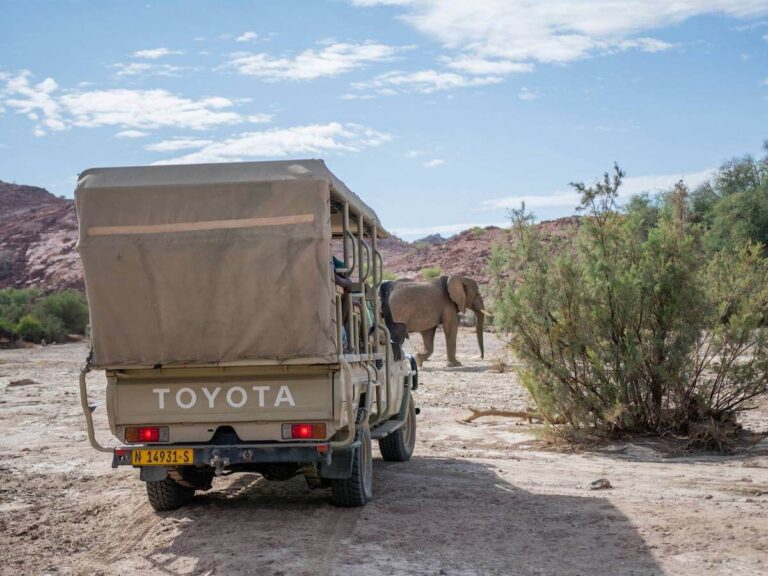
Your questions about desert elephants answered!
Desert elephants can survive without drinking water for several days. Females and calves need water every three days, males can go up to five days without water. In the dry season, they track vast distances in their search for water sources and moisture-rich vegetation.
The travels and home ranges of Namibia’s desert-adapted elephants is thought to be the greatest ever recorded for African elephants. e.g. one of the most substantial home ranges ever recorded was by an elephant bull, covering 10,738 square km. That’s about the size of Gambia and half the size of Israel!
In Namibia, the desert elephants eat lush vegetation that grows in and around riverbeds. They will also happily feed on bark, flowers, fruit, bulbs, roots and grasses. Because there is minimal food availability, they have very distinct feeding preferences and their diet is highly varied. e.g. in the rainy season they will eat more grass, and during the dry season, they concentrate on browsing on trees. Ana trees and Camel Thorn trees are particular favourites, along with Mopane trees if absolutely necessary and Tamarisk trees for salt intake.
Desert elephants are found in two countries in the world, Namibia and Mali. In Namibia the area where desert elephants are found in in the arid and semi-arid desert regions of southern Kunene and Northern Erongo (Damaraland). This region of northwest Namibia consists of mostly sandy desert, rocky mountains and arid gravel plains. It receives approximately 50-150mm of rainfall annually. By comparison, London receives an average of 50mm of rainfall a month! The elephants spend most of their time in dry riverbeds, where the big Ana trees and Camel thorn trees grow.
Elephants do not have sweat glands, but their massive flapping ears help them to cool down in the sweltering desert heat. Flapping their large thin ears, which can account for a sixth of their body size, can quickly reduce their body temperature by up to 10 degrees. Furthermore, the creased pleats and wrinkles of an elephant’s skin also help keep them cool by trapping moisture and giving them a larger surface area to disperse heat away from the body.
The desert elephants of Namibia number between 150 – 350, but populations have varied hugely over the years. There were once around 3,000 of these unique creatures, before poaching reduced their numbers to just 300 in the 1980s. Although elephant numbers in Namibia are healthy (around 24,000), the desert elephant is threatened with extinction due to its low numbers. Elephants and humans often compete for limited water resources, which can cause conflict. Drought makes this problem worse. And it has been occurring more frequently in recent years, at least partly due to climate change.
Our Elephant Conservation & Community Programme in Namibia is one of the best ways to guarantee sitings of these elusive animals. Half the programme is dedicated to elephant patrols, where you will head off into the desert to locate specific herds.
How you can help desert elephants
On our Elephant Conservation Programme you won’t just help desert elephants, you will also support local communities. This work includes anti-conflict measures, monitoring herds and working in rural villages. In their constant search for water, elephants cause major damage to water systems, leaving villages without vital access to water. Consequently, you will assist with building and repair projects and monitor the movements of elephants to identify potential conflict situations.
Each volunteer contributes plays an enormous role in the conservation of the Namibian desert elephants. It is real grassroots conservation work, working directly with communities to ensure that humans and elephants can live and thrive peacefully and successfully together.

